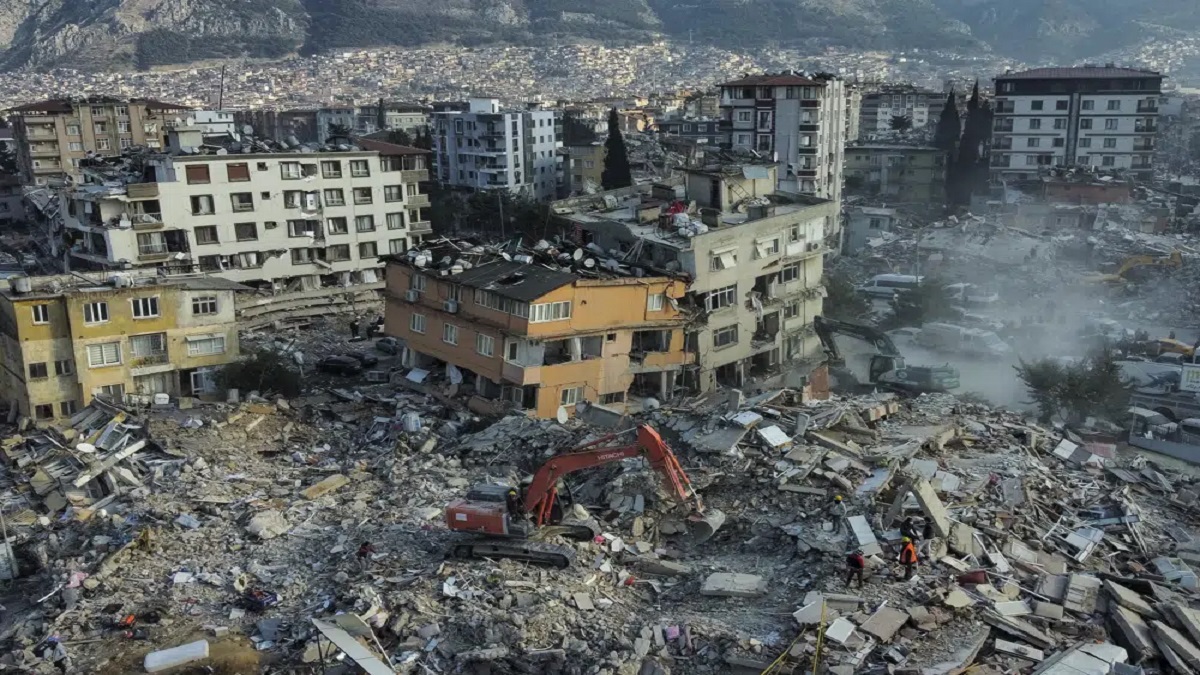Anirban Das

Urbanization affects epidemiology of emerging infectious diseases
For decades, towns have represented many possibilities for a better life; employment, and access to health care and education, to name a few. Cities have seen an extensive inflow from rural areas over the years; in 1950 one-third of the world’s population lived in cities and the rest in rural regions. In the coming decades, that is set to be inverted, with 68% of the worldwide populace projected to stay in city regions through 2050. When the World Health Organization (WHO) declared the novel coronavirus a plague in March this year, it issued recommendations on the way to lessen transmission. These guidelines consist of bodily distancing, frequent handwashing, and self-isolation. Urbanization is more prone to emerging infectious diseases.
However, for plenty of humans residing in city regions in low and middle-earning nations, such restrictions often are not viable or practical to follow. This may be due to a range of factors including limited access to clean water and sanitation, which makes regular handwashing difficult to achieve; high populace density, wherein large slums with numerous generations residing below a single roof make physical distancing impossible; and a massive percentage of the populace being dependant on the informal economy. People who rely on informal incomes haven't any financial safety net from their place of work and can not self-isolate due to the fact they need to provide for themselves and their families.
While malaria transmission is decreasing, dengue fever and chikungunya are on the rise because of a vector well adapted to city conditions. In slums and regions with poor sanitation, leptospirosis, lymphatic filariasis, leishmaniasis and diarrheal illnesses are nevertheless prevalent. When access to clean water and the right sanitation become available, hepatitis A transmission decreases. No doubt urbanization can enhance access to fundamental commodities along with water and sanitation, access to health offerings, and prevention such as immunization and health education. Cities provide several resources for sickness surveillance, control, and prevention that are absent in rural regions. These are splendid opportunities for enhancing the health of city dwellers and reduce the emerging of infectious diseases.
Image by Juraj Varga from Pixabay











